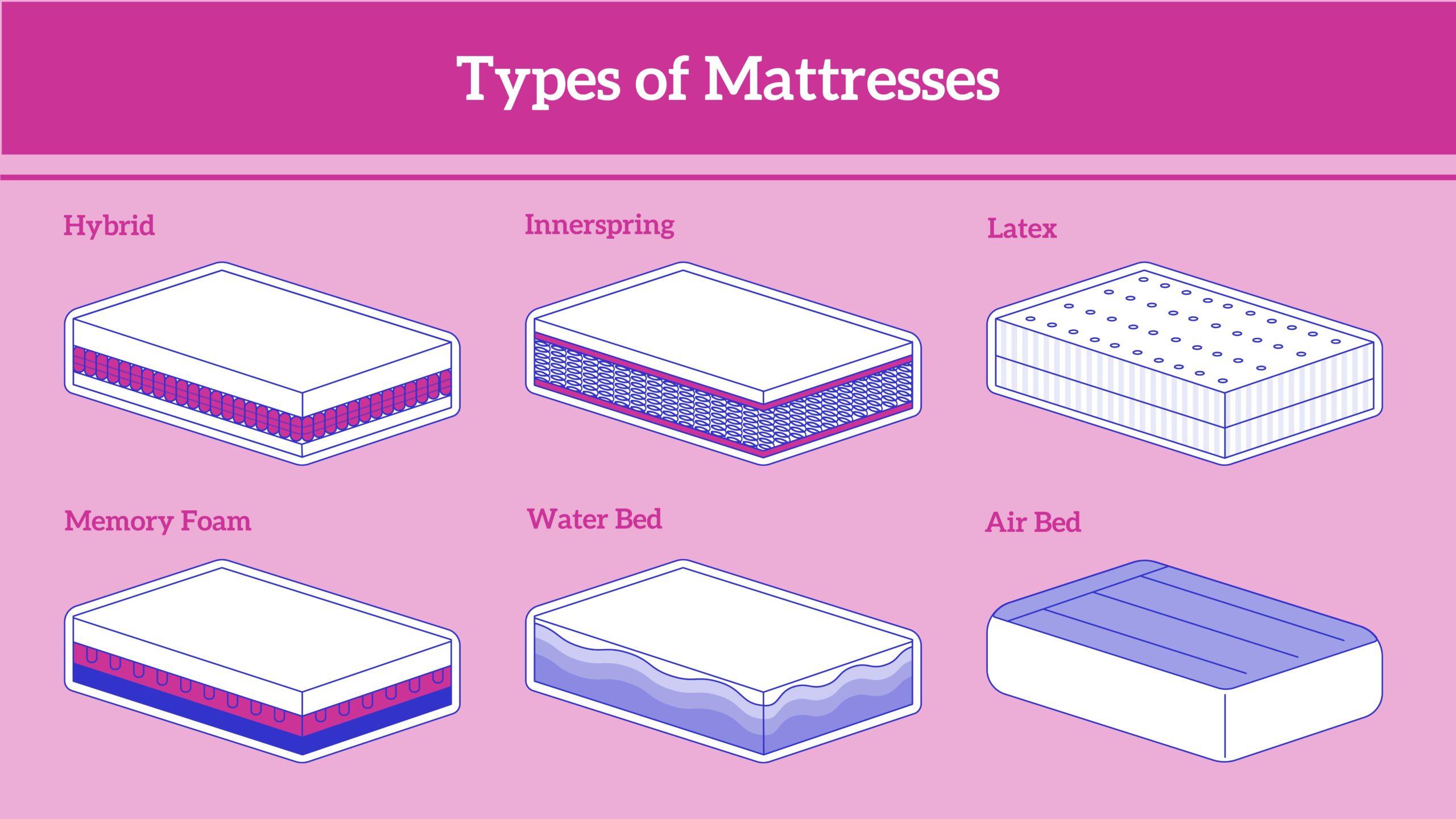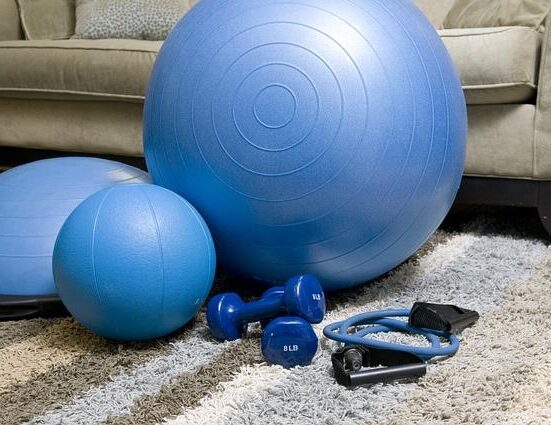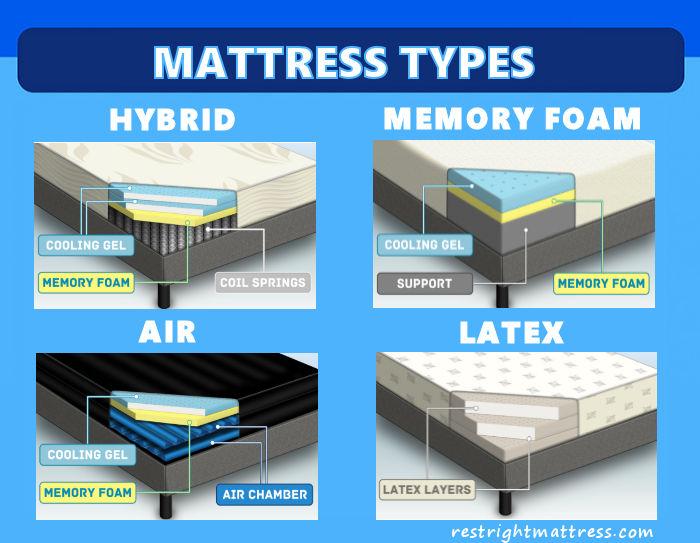When it comes to choosing the perfect mattress, the options can feel overwhelming. With an array of materials, designs, and promises of restful sleep, consumers often find themselves at a crossroads. Two popular contenders in this arena—hybrid and foam mattresses—each boast their unique advantages and appeal to different preferences. As you embark on the journey to discover your ideal sleeping surface, it’s essential to understand the defining characteristics of these mattress types. In this article, we’ll delve into the world of hybrid and foam mattresses, exploring their construction, comfort levels, support options, and more. By the end, you’ll be equipped with the knowledge needed to make an informed decision tailored to your sleep needs—because the quality of your nights should never be compromised.
Exploring the Fundamentals of Hybrid and Foam Mattresses
When delving into the world of mattresses, understanding the core elements of each type is essential for making the right choice. Hybrid mattresses combine the best features of both innerspring and memory foam designs. They typically consist of a supportive coil base paired with layers of foam or latex for added comfort. This configuration provides optimal support and a potential for enhanced airflow, making them ideal for those who prefer a balance between firmness and softness. Key characteristics of hybrid mattresses include:
- Motion Isolation: Helps minimize disturbances from a partner’s movements.
- Temperature Regulation: Combines cooling properties of foam with breathability of coils.
- Durability: Generally lasts longer due to the hybrid structure and materials used.
On the other hand, foam mattresses focus primarily on comfort and body contouring. They are predominantly made of memory foam or other polyfoam varieties, providing a unique sensation of cradling as they adapt to your body’s shape. Their design tends to excel in pressure relief, while offering limited bounce compared to hybrid options. Notable benefits of foam mattresses include:
- Allergen Resistance: Naturally resistant to dust mites and mold.
- Noise Reduction: Quiet support, making them ideal for light sleepers.
- Variety of Firmness Levels: Available in multiple configurations to cater to personal preferences.

Understanding Comfort Levels: Firmness and Support Comparison
When comparing mattress types, especially hybrids and foam, it’s essential to consider how firmness and support affect your sleep quality. Firmness refers to how hard or soft a mattress feels, while support relates to how well it maintains proper spinal alignment. Foam mattresses generally offer a softer feel, with their ability to contour to the body, providing excellent pressure relief for side sleepers. In contrast, hybrid mattresses combine the supportive qualities of innerspring coils with foam or latex, resulting in a balanced feel that accommodates a variety of sleeping positions.
Understanding the specific needs of your body is vital for choosing between these two types. Here are some factors to consider:
- Sleeping Position: Side sleepers may prefer softer foam for pressure relief, while back and stomach sleepers often benefit from the enhanced support of a firmer hybrid.
- Temperature Regulation: Hybrids typically offer better airflow due to their coil construction, making them a superior choice for those who tend to sleep hot.
- Durability: Hybrid mattresses often have a longer lifespan due to their robust materials, while high-quality foam can provide lasting comfort if maintained properly.

Addressing Sleep Styles: Which Mattress Suits Your Needs?
When it comes to selecting a mattress, understanding your sleep style is paramount. Side sleepers often benefit from softer foam mattresses that contour to the body’s curves, alleviating pressure on the shoulders and hips. For those who sleep on their backs, a medium-firm foam or hybrid mattress can provide the right balance of comfort and support, keeping the spine aligned throughout the night. On the other hand, stomach sleepers typically require a firmer surface to prevent sinking too deeply, which could lead to back pain. The choice between hybrid and foam ultimately boils down to personal preference, as well as any specific physical concerns you may have.
It’s also essential to consider temperature regulation and motion isolation. Foam mattresses excel at minimizing motion transfer, making them ideal for couples with different sleep styles. However, they can retain heat, which might be uncomfortable for those who easily get overheated at night. Hybrid mattresses combine the support of coils with the comfort of foam, providing a cooler sleeping experience with added bounce. Here’s a quick comparison table to help you visualize the differences:
| Feature | Foam Mattress | Hybrid Mattress |
|---|---|---|
| Support | Excellent contouring | Balanced support with bounce |
| Temperature Regulation | Can sleep hot | Better airflow with coils |
| Motion Isolation | Superior | Good, but less than foam |
| Durability | Good, but may sag | Generally longer lifespan |

Evaluating Durability and Maintenance for Long-Term Satisfaction
When choosing between hybrid and foam mattresses, durability is a critical factor that plays a significant role in long-term satisfaction. Hybrid mattresses, known for their combination of innerspring coils and foam layers, typically offer enhanced durability due to their robust construction. The coils provide support and prevent sagging over time, which contributes to a longer lifespan. On the other hand, foam mattresses, particularly those made from high-density memory foam, can also last many years if maintained properly. However, they often face challenges like body impressions and sagging, especially if they lack adequate density. Therefore, reviewing the materials and construction techniques used can give insight into how long each mattress type may endure wear and tear.
Equally important is the aspect of maintenance. Foam mattresses generally require fewer maintenance efforts than hybrids, as they don’t necessitate flipping or rotating as frequently. However, they do benefit from periodic cleaning and ensuring they are well-ventilated to prevent moisture buildup. In contrast, hybrid mattresses may require more attention due to their intricate design. Factors to consider include:
- Cleaning Requirements: Consider how easy it is to clean the mattress.
- Flipping Needs: Determine if the mattress requires flipping or rotation.
- Cover Durability: Look for removable, washable covers for easier upkeep.
Ultimately, making an informed decision requires assessing not only the longevity of the mattress but also the effort required to keep it in good condition throughout its lifespan.
In Retrospect
As you journey through the realm of slumber, the decision between a hybrid and foam mattress can feel as daunting as navigating a labyrinth. Each option presents unique benefits that cater to different sleeping styles, preferences, and even bodily needs. When considering comfort, support, breathability, and budget, it’s essential to weigh these factors against your personal sleep habits and physical requirements.
Ultimately, the key to a restful night lies not just in the material beneath you, but in finding the right harmony between support and relaxation that suits your individual needs. So, as you embark on this quest for the perfect mattress, remember to take a moment to lie down and truly test each option. After all, sleep is an adventure, and you deserve a sanctuary that welcomes you back night after night. Happy mattress hunting!














Leave feedback about this